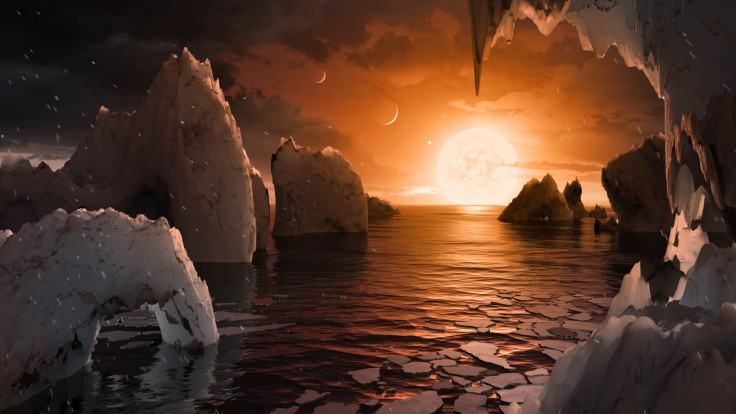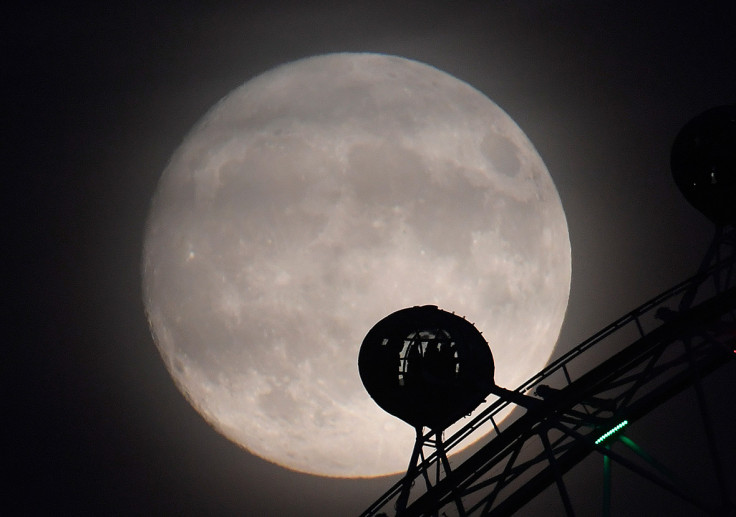Nasa astronaut Alan Bean: Aliens exist, but they haven't visited Earth yet
Bean says that if an advanced alien civilisation had been to Earth they would have made contact.
Former Nasa astronaut Alan Bean has said he does not think an advanced alien civilisation has ever visited Earth – because if they had they would have made contact.
Bean, now 85, was the fourth man to walk on the Moon with the Apollo 12 mission. In an interview with news.com.au, he said there is little doubt in his mind that we are not alone in the universe – with billions of stars and planets orbiting them, statistically speaking, life must have evolved on some of them.
However, he does not think they have ever been to Earth – and suggests a few reasons why: "I do not believe that anyone from outer space has ever visited the Earth. One of reasons I don't believe they have been here is that civilisations that are more advanced are more altruistic and friendly – like Earth, which is better than it used to be – so they would have landed and said 'we come in peace and we know from our studies you have cancer that kills people, we solved that problem 50 years ago, here's the gadget we put on a person's chest that will cure it, we will show you how to make it'.
"Just like some day, say 1000 years from now, when we can go to another star and see a planet, that's what we would do because we will know how to cure cancer, cure birth defects, so we would teach them."
Discussing what other habitable exoplanets – and the aliens on them – might be like, Bean said it would depend on how long life has had to emerge. "Maybe some of them are like our life was 100,000 years ago, and some of them are like we are now, and there are probably some out there that are a 10,000 years in the future from where we are now," he said.

The potential for finding alien life took a step forward recently with the discovery of the Trappist 1 star system 40 light years away. This star was found to have seven planets orbiting it – three of which appear to be in the "habitable zone" – where it is not too hot or cold for liquid water to exist.
Over the coming years, scientists will be able to better identify planets with the potential to host life with the launch of the James Webb Telescope. This is due to launch next year and will be able to study the atmospheres of exoplanets, providing the opportunity to identify the building blocks of life.

As well as missions to Mars and Alpha Centauri (our closest neighbouring star), space agencies across the world are planning to return to the Moon. The ESA, for example, hopes to build a lunar base in the coming decades.
Speaking about what it was like to land on the Moon, Bean said: "It was hard to believe (we) were 235,189 miles from home. I never heard any astronaut say that he wanted to go to the Moon so he would be able to look back and see Earth.
"We all wanted to see what the Moon looked like close up. Yet, for most of us, the most memorable sight was not of the Moon, but of our beautiful blue and white home, moving majestically around the sun, all alone in infinite black space."
On the future of space travel, he added: "Humans can do a lot of amazing things. President Kennedy said we were going to go to Moon by the end of the decade [1960s]. It was an impossible dream and human beings got behind the whole idea and planned and worked to achieve it."

© Copyright IBTimes 2025. All rights reserved.





















